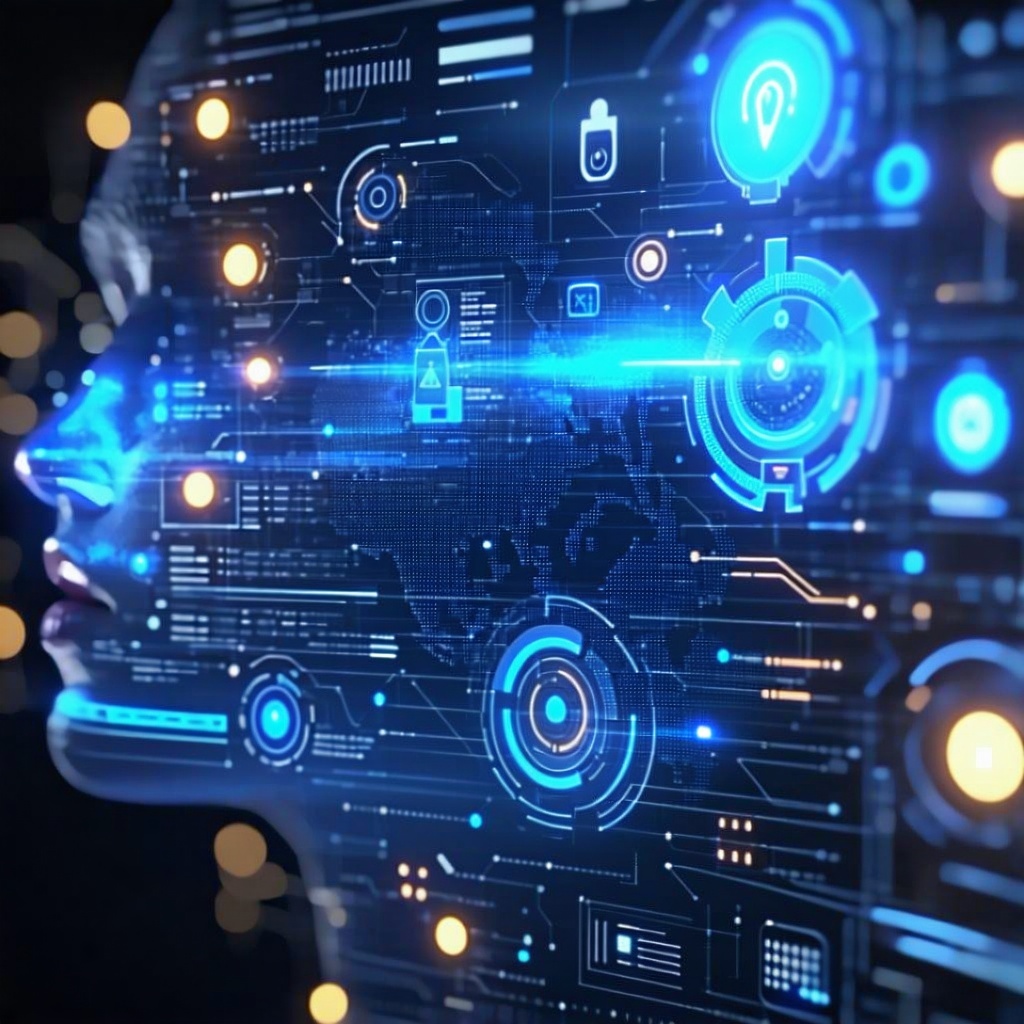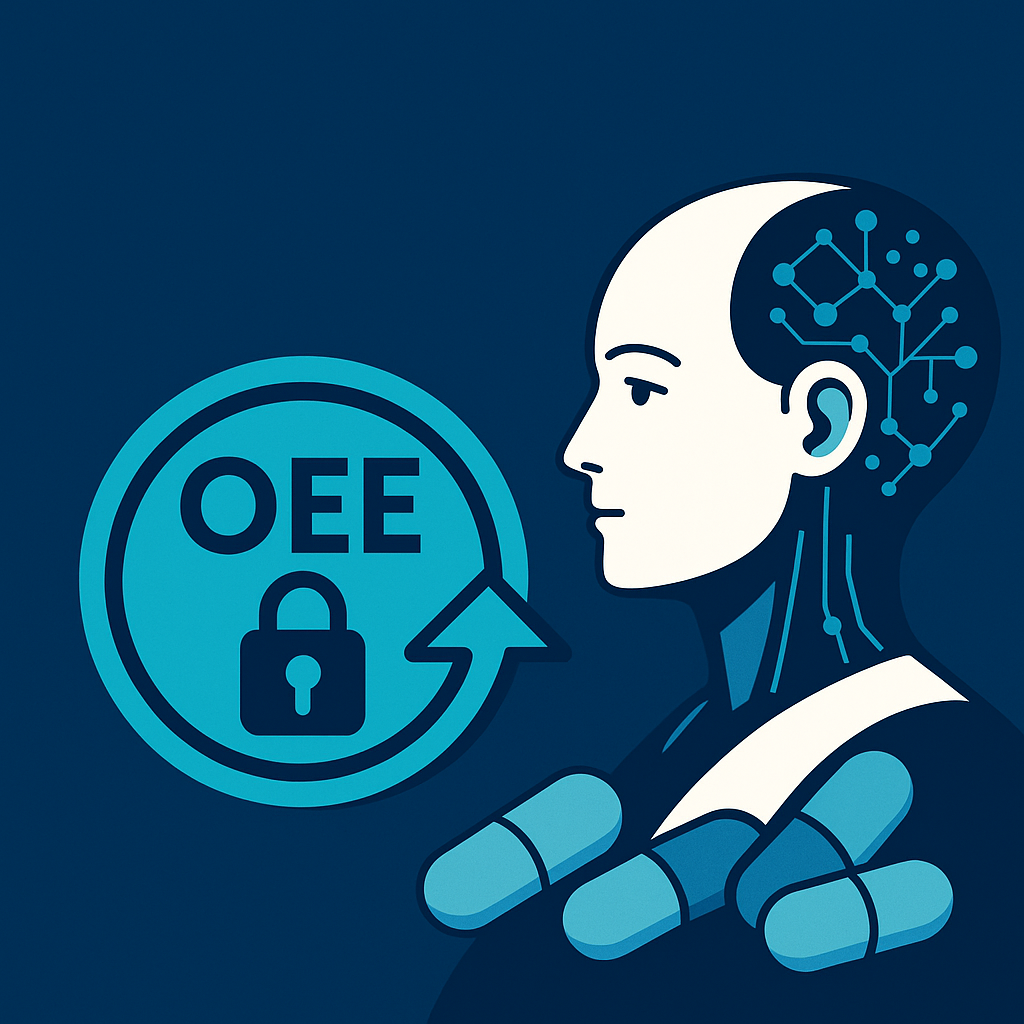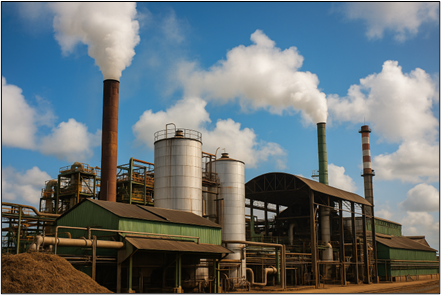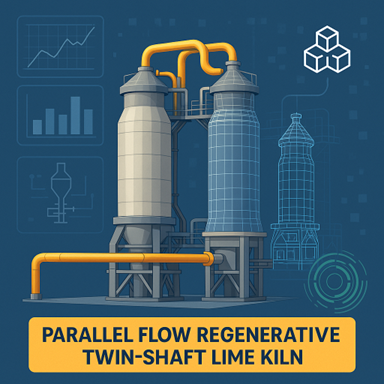RCA using Agentic AI

Introduction
The world of industrial operations is undergoing a profound transformation, driven by the relentless pursuit of efficiency, reliability, and minimized downtime. At the heart of this evolution lies Root Cause Analysis (RCA), a critical process for identifying the fundamental reasons behind equipment failures and process deviations. Traditionally, RCA has been a labour-intensive, often reactive, endeavour. However, with the advent of Agentic AI, we're witnessing a paradigm shift, promising to redefine how industries approach maintenance, RCA, and ultimately, reliability excellence.

What is Agentic AI in the Context of RCA?
Agentic AI refers to AI systems comprising multiple autonomous, goal-oriented "agents" that can perceive their environment, reason, plan, and act to achieve a common objective. In the realm of RCA, this translates to a sophisticated, collaborative network of AI entities working in concert to pinpoint the root cause of a problem. Unlike traditional AI models that might offer predictions or classifications, agentic AI actively navigates complex data landscapes, interacts with various information sources, and makes logical inferences, much like a team of human experts.
Imagine a digital workforce, each member specialized in a particular task: one excels at analyzing real-time data, another at deciphering engineering schematics, and yet another at correlating seemingly disparate pieces of information. This is the essence of agentic AI for RCA.
Why Agentic AI for RCA?
The "why" behind adopting Agentic AI for RCA is compelling, addressing many of the limitations inherent in traditional approaches:
Speed and Efficiency
Traditional RCA can be a lengthy process, often involving manual data collection, expert consultations, and hypothesis testing. This delay can lead to extended downtime, production losses, and escalating costs. Agentic AI, with its ability to process vast amounts of data instantaneously, significantly accelerates the RCA process. It can identify anomalies and potential root causes in near real-time, enabling proactive intervention rather than reactive damage control.
Accuracy and Objectivity
Human analysis, while invaluable, can sometimes be subject to biases, incomplete information, or simply the sheer volume of data making comprehensive review impossible. Agentic AI operates on data-driven facts, consistently applying predefined logic and learning from past incidents. This leads to more accurate and objective root cause identification, reducing the chances of misdiagnosis and recurring issues.
Comprehensive Data Integration
Modern industrial environments generate an overwhelming amount of data—from sensor readings and historical maintenance logs to engineering diagrams and operational manuals. Manually sifting through and correlating all this information is a monumental task. Agentic AI excels at integrating and synthesizing diverse data types, allowing for a holistic view of the equipment and its operational context. This comprehensive understanding is crucial for uncovering subtle interdependencies that might escape human observation.
Proactive Problem Solving and Predictive Maintenance
Moving beyond reactive troubleshooting, agentic AI facilitates a shift towards predictive maintenance. By continuously monitoring equipment data and identifying early warning signs, the system can alert operators to potential issues before they escalate into major failures. This proactive approach minimizes unexpected downtime, optimizes maintenance schedules, and extends asset lifespan.
How Agentic AI Unravels the Root Cause: A Workflow Deep Dive?
Let us explore the complex nature of the "how" of agentic AI for RCA:
The journey begins with continuous data acquisition and analysis. Knowledge graph is built based on the material flow which has all the contextualized data like maintenance manuals, operating manuals, design specifications, historical work orders (maintenance history), time series metadata etc. The knowledge graph is a sophisticated network that maps the relationships between various equipment, components, processes, and their associated data and documents.
Agentic AI system is connected with the knowledge graph.
When a deviation in the time series data is detected—perhaps an unusual vibration pattern, an abnormal temperature spike, or a sudden drop in pressure—the agentic workflow springs into action:
Step 1: Time Series Deviation Detection (Agent 1)
Fig: Agent 1 workflow
Upon detecting a deviation, Agent 1 takes the lead. This agent is specifically designed to:
- Analyze the output of machine learning (ML) models: These models are continuously learning from historical data to identify normal operating parameters. Agent 1 scrutinizes their output to confirm the anomaly.
- Identify features contributing to the anomalies: It dives deeper to pinpoint which specific parameters or characteristics are deviating from the norm and contributing to the identified anomaly. For instance, is it a bearing temperature, a motor's current draw, or a flow rate that's exhibiting unusual behaviour?
- Generate a detailed summary: Agent 1 compiles its findings into a comprehensive summary, outlining the observed deviations, the magnitude of these deviations, and the key contributing factors identified through its analysis of the ML model outputs.
Step 2: Design Limit Validation and Initial Filtering (Agent 2)

Fig: Agent 2 Workflow
The output from Agent 1 is then passed to Agent 2, which acts as a crucial validation and filtering mechanism. Agent 2 is equipped to:
- Compare Agent 1's output against engineering documents: This is where the rich context of design limits, operational tolerances, and material specifications comes into play. Agent 2 cross-references the identified deviations with the established design parameters outlined in engineering documents.
- Filter out parameters based on design limits: If a deviation, while present, falls within the acceptable design limits, Agent 2 may deem it a minor fluctuation and not a critical problem, effectively filtering out "noise." However, if the deviation exceeds these limits, it flags it as a potential issue requiring further investigation.
- Summarize the immediate problem: If Agent 2 identifies a clear problem based on the design limits, it generates a summary of the immediate issue, pointing to the specific component or parameter that is operating outside its designed range.
Step 3: Knowledge Graph Traversal and Exact RCA (Agent 2 Continues or New Agent)

Fig: Agent 3 Workflow
If Agent 2 doesn't find a direct problem based on design limits, or if the initial problem requires deeper investigation, the system leverages a material flow from knowledge graph. This is where the true power of agentic AI for complex RCA shines.
Agent 2 (or a specialized RCA Agent) then:
- Traverses back node to node in the knowledge graph: It intelligently navigates the interconnected web of equipment and processes. For example, if a pump is showing an issue, the agent might traverse to the motor driving it, the power supply feeding the motor, the pipes connected to the pump, or even upstream/downstream equipment in the process flow.
- Analyzes connected equipment (time series and documents): At each connected node, the agent meticulously analyzes the associated time series data and engineering documents. It's looking for anomalies, unusual correlations, or historical patterns that might explain the initial deviation.
- Finds the exact RCA: Through this iterative and intelligent traversal, the agent progressively narrows down the possibilities, systematically ruling out non-contributing factors and homing in on the ultimate root cause of the problem. This could involve identifying a faulty sensor, a clogged filter in an upstream system, an undetected power surge, or even a design flaw that manifests under specific operating conditions.
The Future of Reliability Excellence
The use of Agentic AI in RCA workflows is by far the biggest advancement in operational excellence. Agentic AI changes RCA from a reactive, cumbersome activity to real-time, painless, and highly accurate. By empowering industries with the ability to swiftly identify and address root causes, Agentic AI not only minimizes downtime and maintenance costs but also paves the way for truly predictive maintenance strategies and unparalleled reliability in industrial operations.
Domain-Wise PlantGPT
It is built around purpose-designed micro-agents that collaborate to provide real-time conversational assistance, decision support, and advisory insights tailored to daily plant operations.
Book a Demo →Dx. Consulting Services
Our strength lies in the fusion of deep consulting experience, process domain expertise, and digital execution excellence. This rare combination enables us to go beyond traditional digital transformation.
Book a Meeting →Agentic AI Services
Knowledge Graph as a Service (KGaaS) is a scalable, agent-driven platform that transforms siloed, unstructured, and structured industrial data into a semantically connected, intelligent knowledge network. Built on industry standards and ontologies, the platform enables next-gen applications in root cause analysis, process optimization, SOP automation, and decision augmentation.
Book a Meeting →FAQs
Can Agentic AI detect potential issues before they lead to major failures?
Yes, Agentic AI facilitates a shift towards predictive maintenance. By continuously monitoring equipment data and identifying early warning signs, the system can alert operators to potential issues before they escalate into major failures, thereby minimizing unexpected downtime, optimizing maintenance schedules, and extending asset lifespan.
How does Agentic AI improve upon traditional RCA methods?
Agentic AI significantly accelerates the RCA process by instantly processing vast amounts of data, enabling near real-time identification of anomalies and potential root causes. It also offers greater accuracy and objectivity by operating on data-driven facts and learning from past incidents, reducing misdiagnosis and recurring issues. Furthermore, it excels at integrating and synthesizing diverse data types for a holistic view, which is difficult to achieve manually.
What are the main benefits of implementing Agentic AI for RCA in an industrial setting?
The main benefits include increased speed and efficiency in problem identification and resolution, improved accuracy and objectivity in root cause analysis by minimizing human biases, comprehensive integration of diverse data types for a holistic view, and a shift towards proactive problem solving and predictive maintenance, ultimately reducing downtime and optimizing operational costs.
How does the knowledge graph contribute to the effectiveness of Agentic AI in RCA?
The knowledge graph is a crucial component that provides all the contextualized data, such as maintenance manuals, operating manuals, design specifications, historical work orders, and time series metadata. It acts as a sophisticated network mapping relationships between equipment, components, processes, and their associated data and documents. This rich context allows the Agentic AI system to intelligently traverse and analyze connected equipment, leading to a more precise identification of the root cause.
What are some of the limitations of traditional RCA that Agentic AI aims to overcome?
Traditional RCA can be a lengthy and labor-intensive process, often involving manual data collection and expert consultations, leading to extended downtime, production losses, and escalating costs. Human analysis can also be subject to biases, incomplete information, or simply the overwhelming volume of data, making a comprehensive review impossible. Agentic AI addresses these limitations by processing vast amounts of data instantaneously, operating on data-driven facts for objectivity, and integrating diverse data types seamlessly.
Related Blogs

Smarter OEE: Unlocking Pharma Efficiency with Agentic AI

Forecasting Failures: Smart Maintenance of Falling Film Evaporators in the Sugar Manufacturing industry



